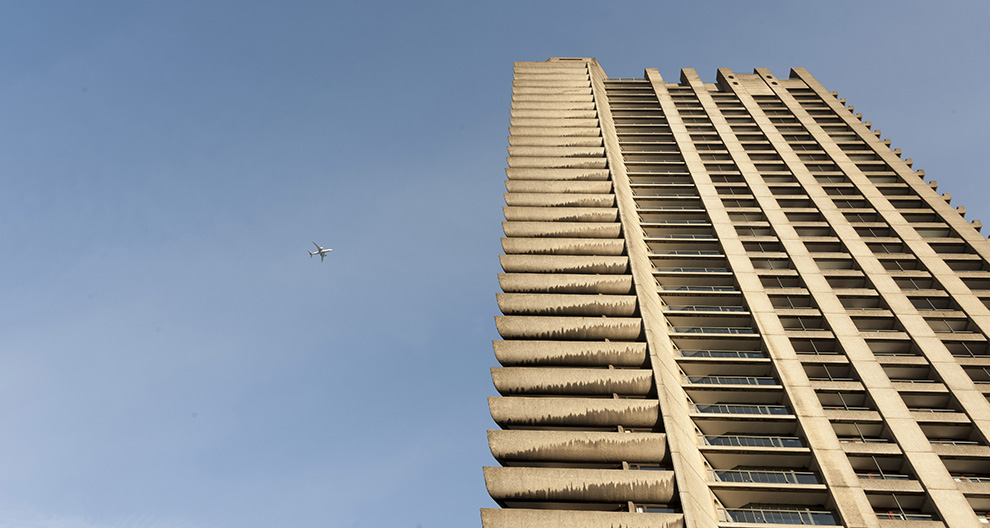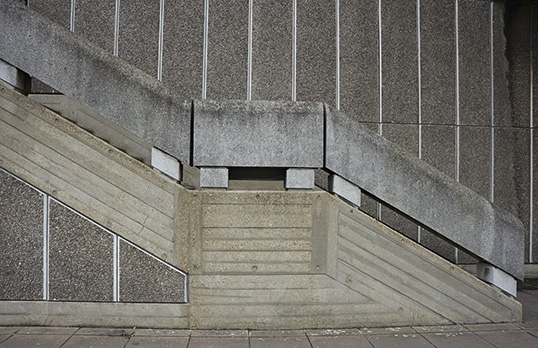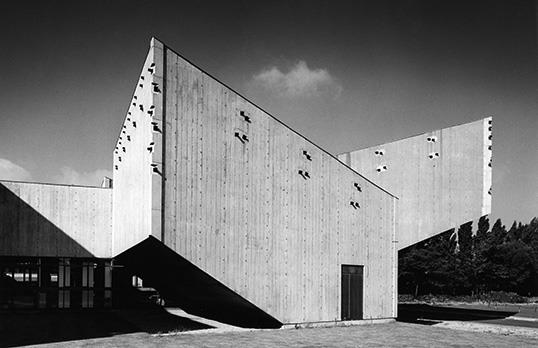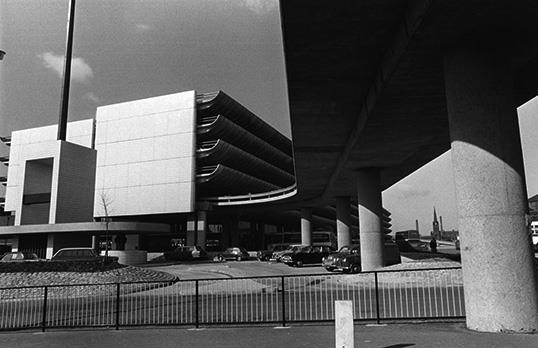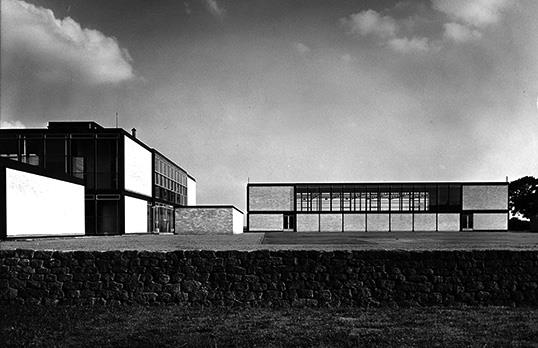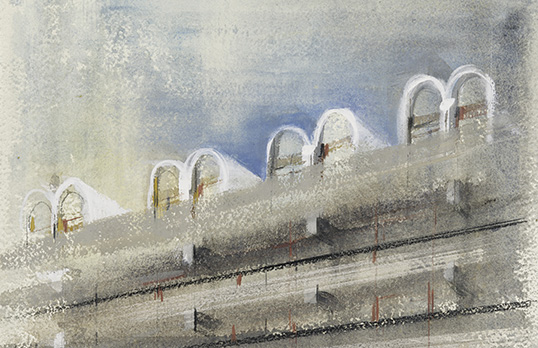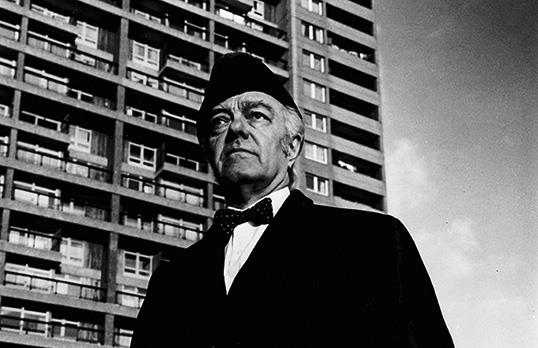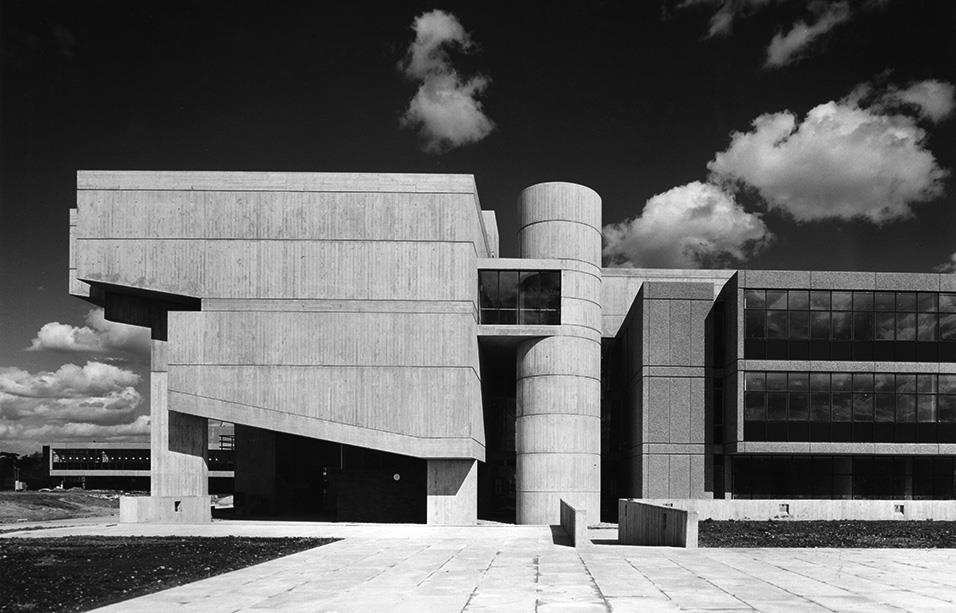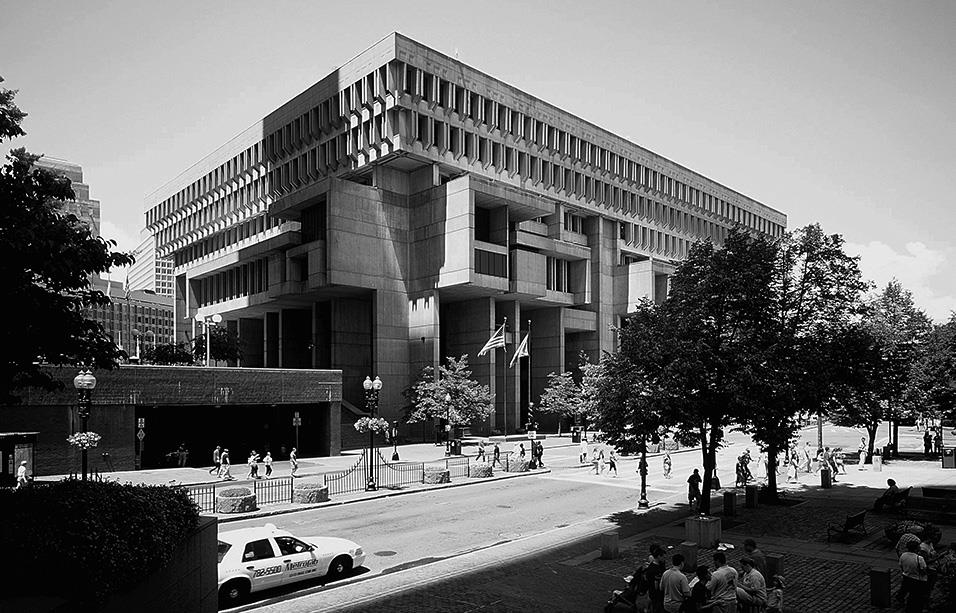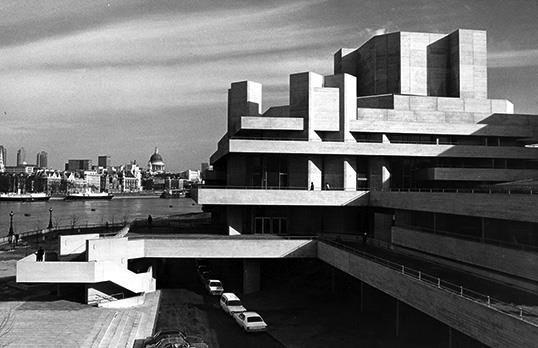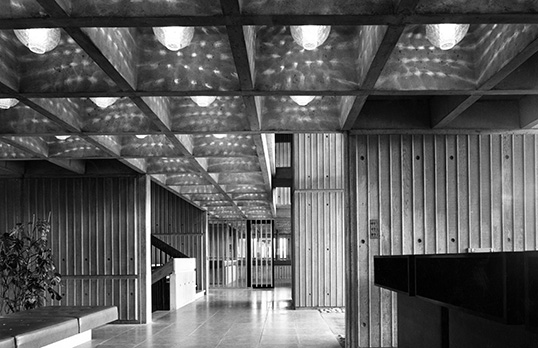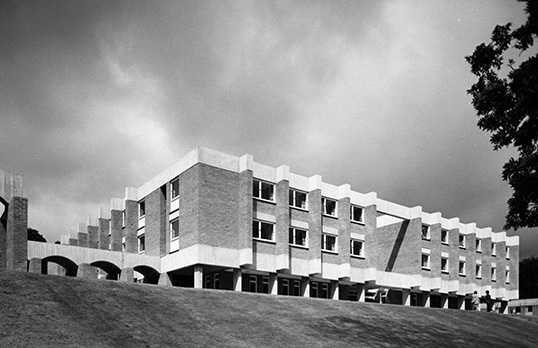Brutalism is a style with an emphasis on materials, textures and construction, producing highly expressive forms.
Seen in the work of Le Corbusier from the late 1940s with the Unité d’Habitation in Marseilles, the term was first used by Alison Smithson in 1953 for an unexecuted project for a house in Colville Place, Soho in which she described its warehouse aesthetic of bare concrete, brick and wood “as the first exponent of the ‘new brutalism’” in England. However, it was architectural historian Reyner Banham’s review in 1955 of Alison and Peter Smithson’s school at Hunstanton in Norfolk, with its uncompromising approach to the display of the steel and brick structure and its services, that established the movement.

